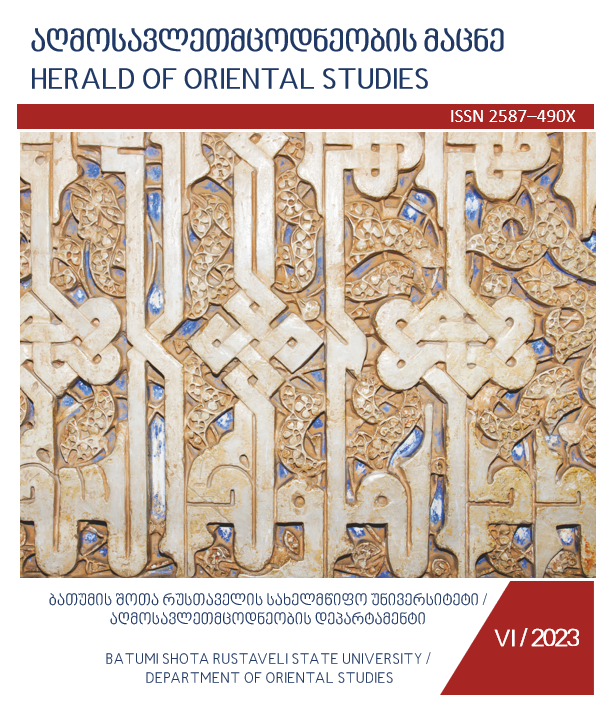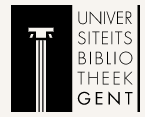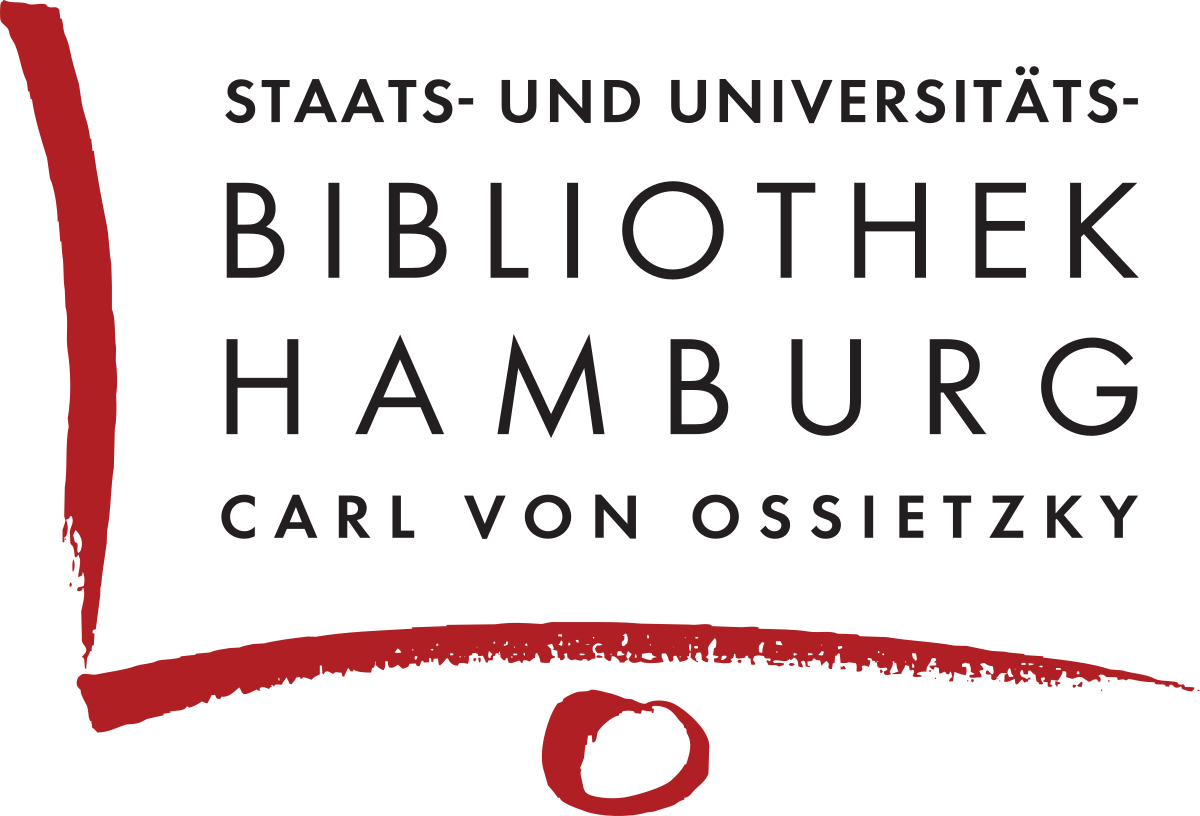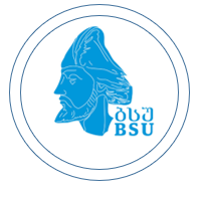Homo Soveticus: religion (visual anthropological research)
DOI:
https://doi.org/10.61671/hos.6.2023.6790Keywords:
Soviet Union, Religion, Chador, Film, Newsreel, posterAbstract
From the very first days of the Soviet government establishment in Georgia, mass anti-religious measures started, "unions of godless combatants,", "councils of religious cults" were created and religious chapels were destroyed, anti-religious theatrical performances were held. The national cultural heritage turned out to be completely unacceptable for the Soviet reality, whose goal was to form likeminded and homogenous "Soviet people". Exactly, the study of this issue in terms of visual anthropology is the main concept of the paper.
The paper analyses various types of visual materials (film, newsreel, poster) using the research methodology of visual anthropology. The main concept of the research is to show the reader religious aspects in the Soviet ideological prism based on the analysis of these materials.
The chronological framework of the research includes the period of Soviet governance. The following visual materials are studied in the paper: the religious and ethno-cultural features (shearing sheep, carding wool on a combing machine, spinning, the process of making thread from shearing the sheep to twisting the thread, hand and loom weaving, clothing (chokha), Svan hats, elements of traditions related to the birth of a child and the cult of the dead...) of Svaneti depicted in the film "Jim Shvante" and Soviet propagandistic aspects; peculiarities related to Islam in Adjara are conveyed in the newsreel: spread of Islam, anti-religious propaganda, chador burning. Also, attention is focused on religious propagandistic posters. For example, Eliot Brown's work - Godless Utopia, which shows how the Soviet Union commenced the War against Religion.
The decisive word in the anti-religious campaign belonged to the press and, in general, the print media. Stalin said: "Printed
publications are the sharpest and strongest weapon of our party. Everything is clearly depicted in the printed editions of Soviet Georgia.
The research has made it vivid that the Soviet government used every means to achieve its ideological goals, and everything is shown in detail in the final part of the paper based on the analysis of the visual material of the research.
Downloads
Downloads
Published
How to Cite
Issue
Section
License

This work is licensed under a Creative Commons Attribution-ShareAlike 4.0 International License.


































